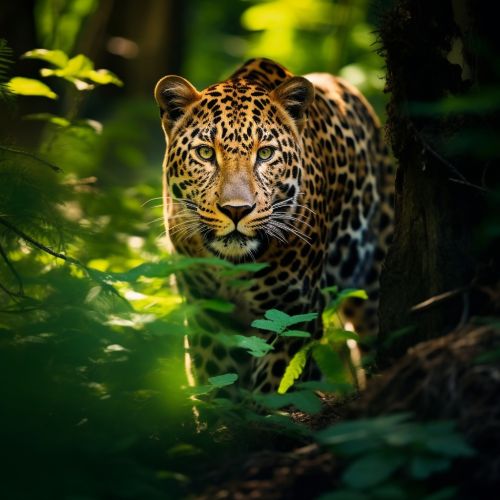The Biological Mechanisms of Animal Foraging
Introduction
Foraging, the act of searching for and exploiting food resources, is a fundamental behavior of all animal species. It is a complex process that involves a multitude of biological mechanisms, from sensory perception to decision-making, and from locomotion to energy expenditure. This article delves into the intricate biological mechanisms that underlie animal foraging behavior.


Sensory Perception and Foraging
Animals rely on their sensory systems to detect and locate food resources in their environment. These systems include vision, olfaction (smell), gustation (taste), audition (hearing), and somatosensation (touch). Each of these sensory modalities provides unique information about the environment and potential food sources, and animals often use a combination of these senses to maximize their foraging efficiency.


Decision-Making in Foraging
Once an animal has detected a potential food source, it must decide whether to pursue it. This decision-making process involves a complex interplay of factors, including the perceived quality and quantity of the food source, the distance to the food source, the animal's current energy state, and the potential risks associated with pursuing the food source. These decisions are mediated by the animal's neural networks, which integrate sensory information with internal state information to generate appropriate behavioral responses.

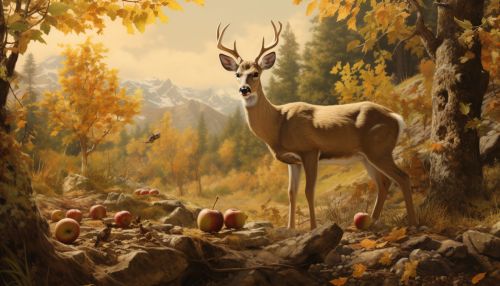
Locomotion and Foraging
Foraging often involves locomotion, as animals must move through their environment to find and exploit food resources. The mechanisms of locomotion vary widely among animals and are adapted to the specific demands of their foraging strategies. For example, some animals are adapted for rapid, long-distance movement to track down mobile prey, while others are adapted for slow, meticulous searching in complex environments.
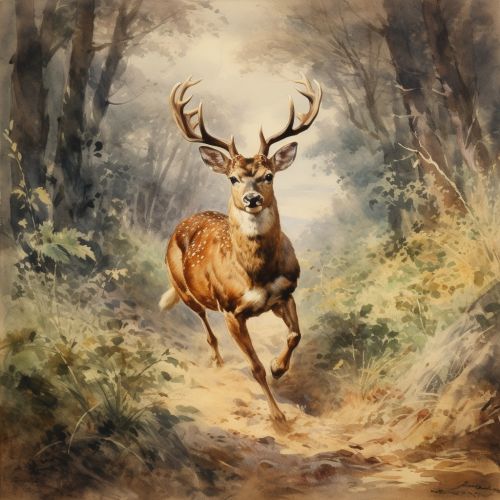
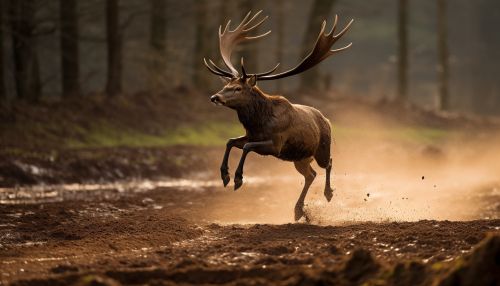
Energy Expenditure and Foraging
Foraging is a energetically costly behavior, and animals must balance the energy they expend in searching for and obtaining food with the energy they gain from consuming it. This balance is critical for the animal's survival and reproductive success. The mechanisms that regulate energy expenditure during foraging involve a complex interplay of metabolic, physiological, and behavioral processes.

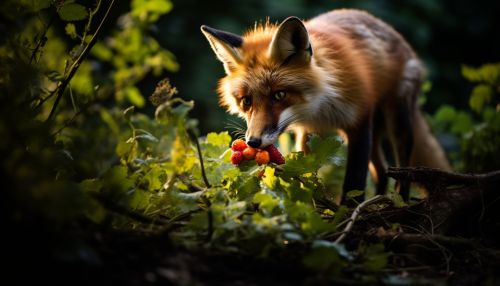
Conclusion
Understanding the biological mechanisms of animal foraging provides valuable insights into animal behavior, ecology, and evolution. It also has practical implications for conservation biology, as changes in foraging behavior can indicate changes in habitat quality or availability, and can impact population dynamics and ecosystem function.
